飞行汽车悬架系统(双横臂油气弹簧悬架)设计(含CAD图,CATIA三维图)(任务书,开题报告,文献摘要,外文翻译,论文说明书30000字,CAD图3张,CATIA三维图)
摘要
由于城市地面交通的超速发展,随之而来对于交通环境的压力对于人们的日常的外出产生了许多不便因素,越来越多的汽车给给本就不堪重负的城市地面交通带来了巨大的压力,而对于飞行汽车的设计开发,以此来开辟低空域空间可能会给这一系列问题带来解决方法。飞行汽车,顾名思义是一种兼具汽车与飞机功能的全面实用的交通工具,正如科幻电影中所示,它不仅能够行驶在地面上,还能如飞机一样飞行于天空。当下,虽然科技发达、社会进步,但交通方面的问题也开始逐渐凸显,而飞行汽车的出现恰好可以解决这一难题,它不但能通过使汽车在低空域行驶降低路面的汽车数量,还能满足人类许久以来的飞天梦想。现在飞行汽车对于大众来说,它不再可望不可即而是就存在于我们身边,触手可及。而汽车悬架的设计直接影响着整车性能的好坏,悬架是车架(或承载式车身)与车桥(或车轮)之间的一切传递地面对车轮力和力矩连接装置的总称,其组成主要分为三部分,分别是导向机构、减振器以及弹性元件。它主要通过多方位的传递力和力矩来控制汽车的行驶轨迹,同时在一定程度上也能减缓冲击力和震动,这样一来就能增强乘客在乘坐过程中的舒适度。
此次设计是对飞行汽车悬架设计,针对毕业设计的要求,本文根据飞行汽车地面行驶和起降需求,综合参考小型飞机起落架设计和普通乘用车悬架设计,对飞行汽车前后悬架进行设计。本次总体方案要求:对飞行汽车的前后悬架进行设计计算并进行仿真分析。为了能够较为详细的说明悬架的设计过程,本次设计论文将分别从零部件的设计计算、悬架三维模型的建立以及模拟仿真性能分析等多个方面对飞行汽车悬架的设计过程进行了介绍。
关键词: 飞行汽车 油气悬架 仿真分析
Abstract
With the gradual saturation of urban ground traffic, congested urban traffic has a greater impact on the travel of citizens. A large number of cars have brought tremendous pressure to urban ground traffic, and flying cars may be one of the ways to solve this problem. Flying car, as its name implies, is a comprehensive and practical means of transportation. As shown in science fiction movies, it can not only travel on the ground, but also fly in the sky like an airplane. Facing the increasingly serious traffic problems nowadays, flying car is an excellent solution. Its application can not only alleviate traffic congestion, but also let people experience the pleasure of flying freely. At present, the flying car is no longer something that people can't reach, but already exists around us and is within reach. The design of automobile suspension directly affects the performance of the whole vehicle. Suspension is the general name of all force transfer connecting devices between the frame (or load-bearing body) and the vehicle bridge (or wheel). It usually consists of three parts: elastic elements, shock absorber and guide mechanism. Its main function is to reduce the impact force from the road surface, attenuate vibration, transmit vertical and lateral forces and moments, and guide at the same time, so as to ensure that the wheels do not deviate from the track of the body, so as to improve passengers'ride comfort.
This design is for the suspension design of flying vehicle. Graduation design requires that the front and rear suspensions of flying vehicle be designed according to the ground driving and landing requirements of flying vehicle, referring comprehensively to the landing gear design of small aircraft and the suspension design of common passenger vehicle. The design calculation of the front and rear suspensions is carried out according to the overall scheme requirements. In order to elaborate the design process of suspension, the design process of flying vehicle suspension is introduced from the aspects of design calculation, model establishment and performance analysis.
Key word:Flying car hydro pneumatic suspension Simulation analysis
3.1悬架主要参数的确定
表3.1 飞行汽车的基本参数
参数 数值
整备质量 501
满载质量 780
迎风面积 2.92
风阻系数 0.3
滚动阻力系数 0.012
轴距 2335
轮距 1360
轮廓尺寸 4.6*2*1.46
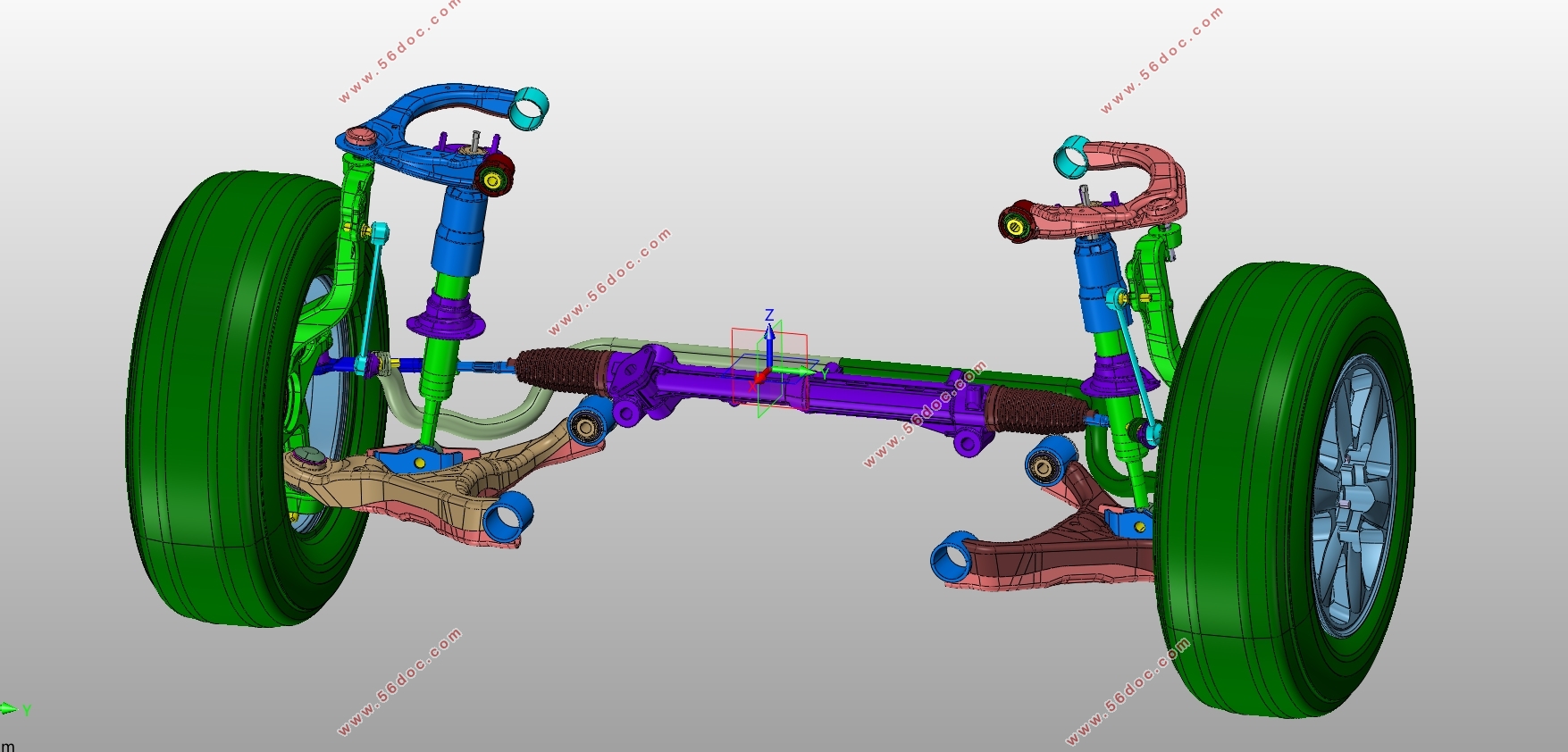
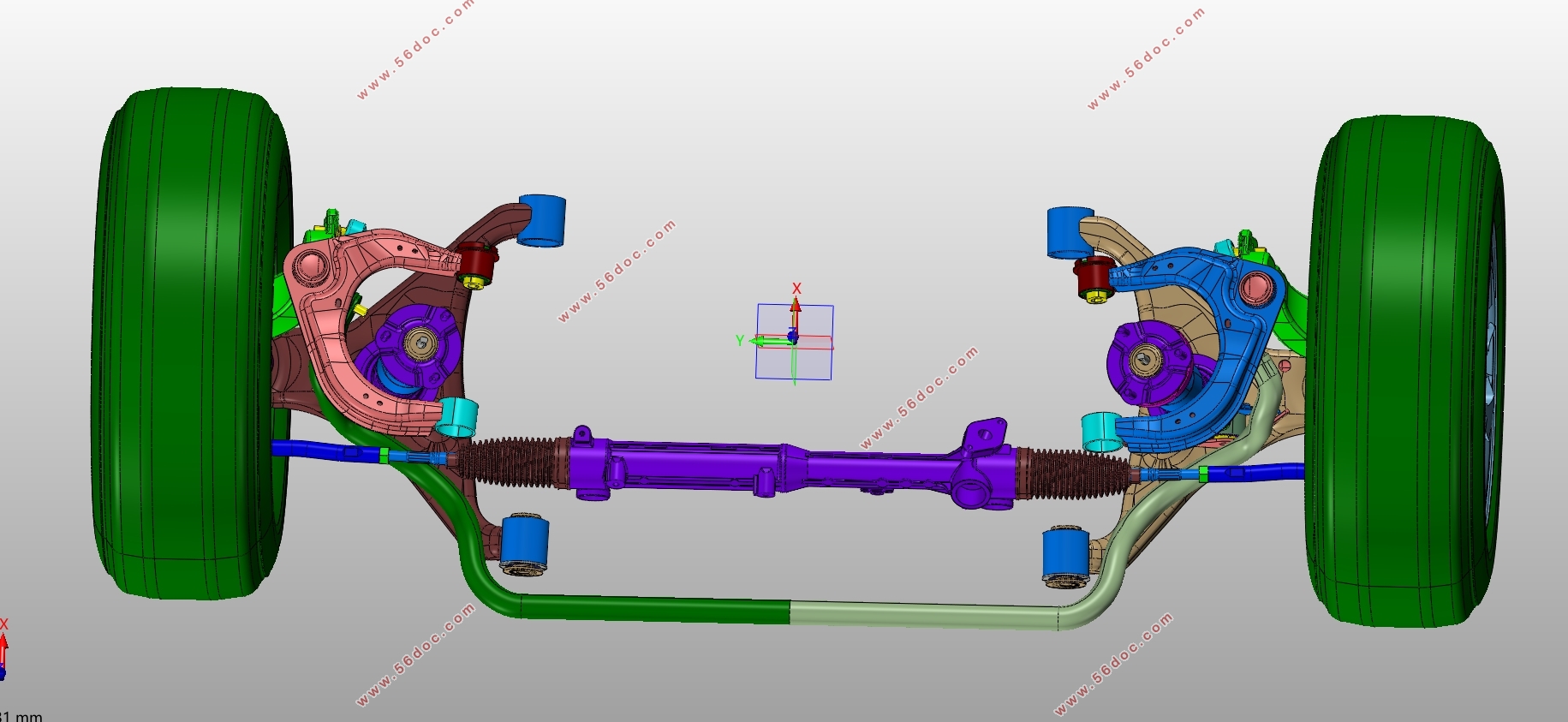
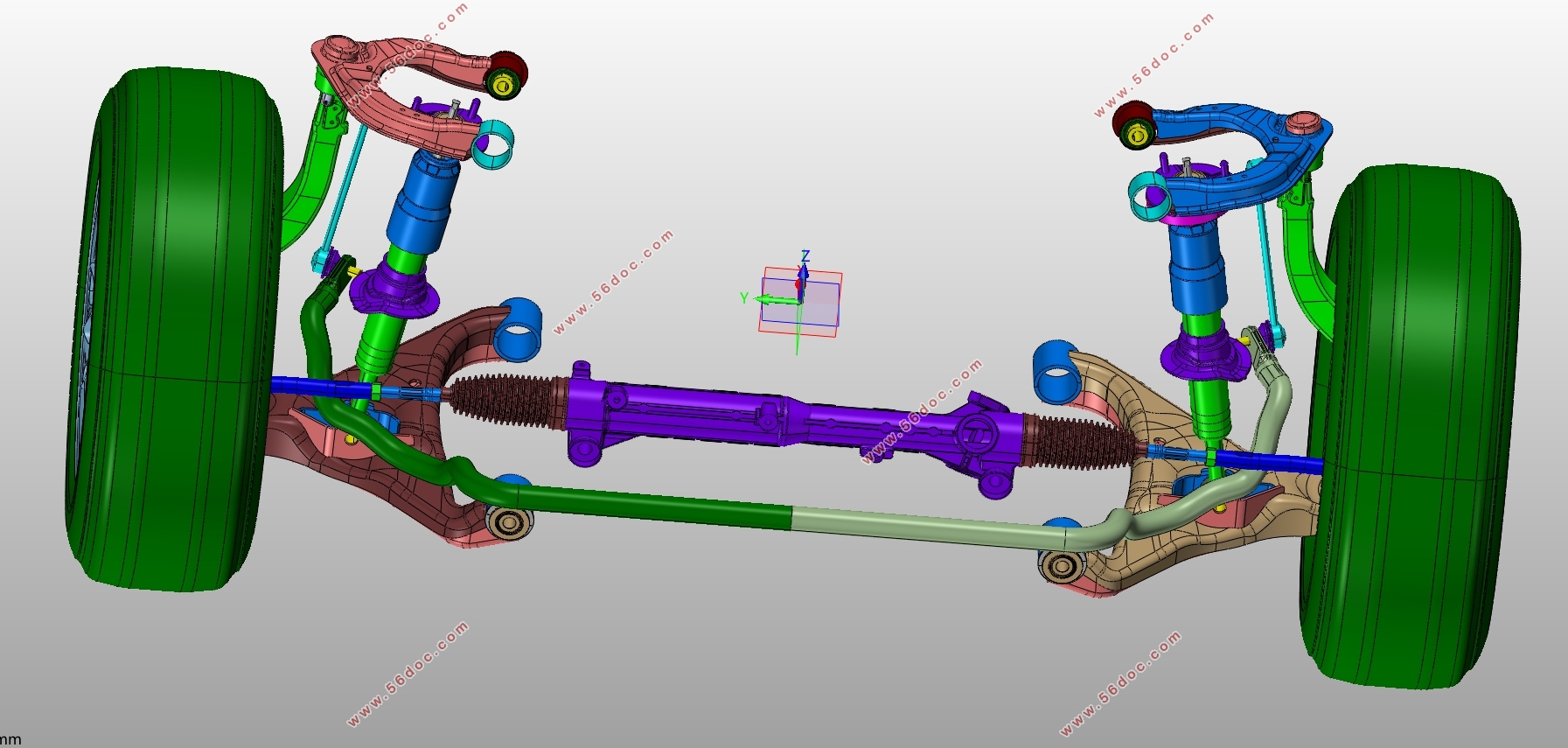
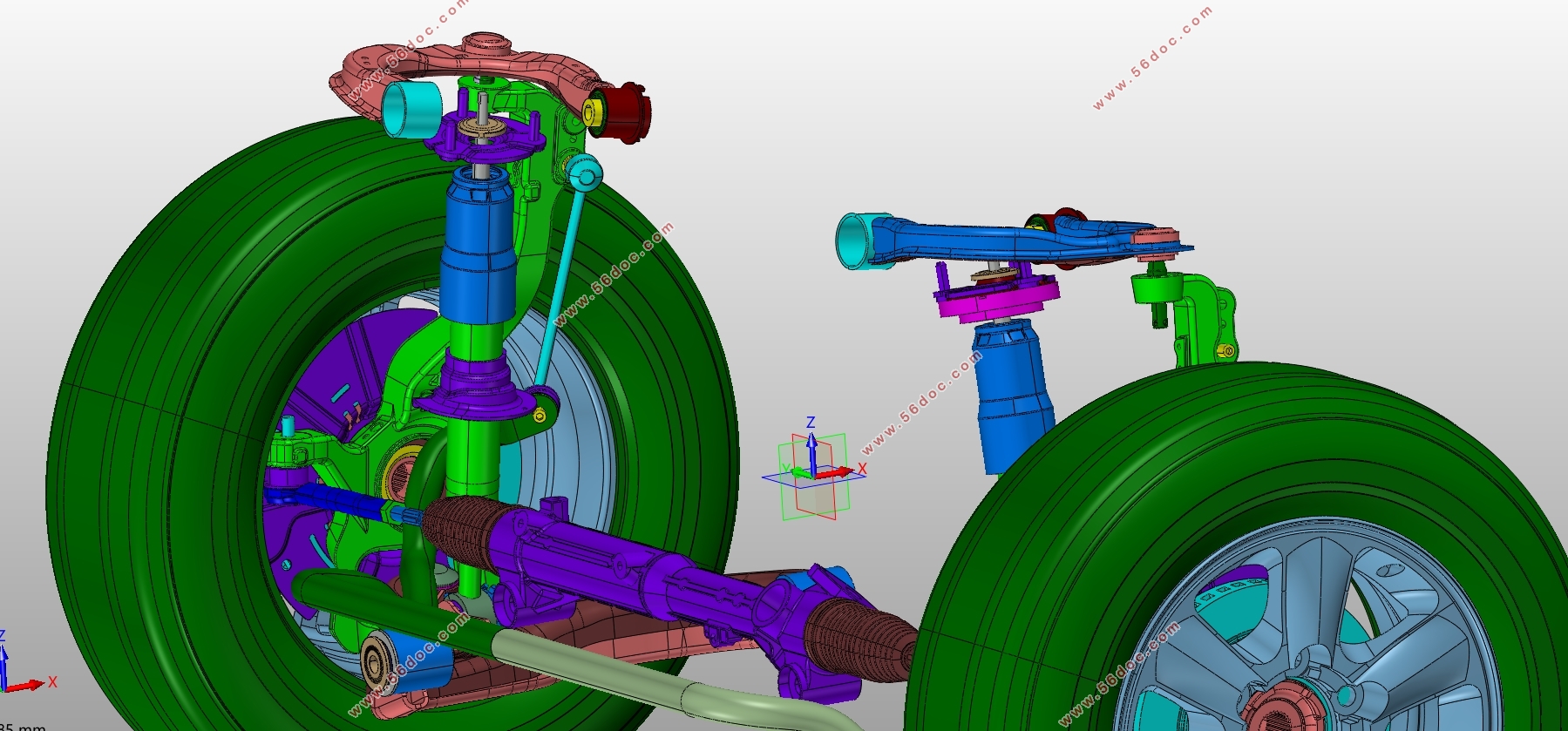
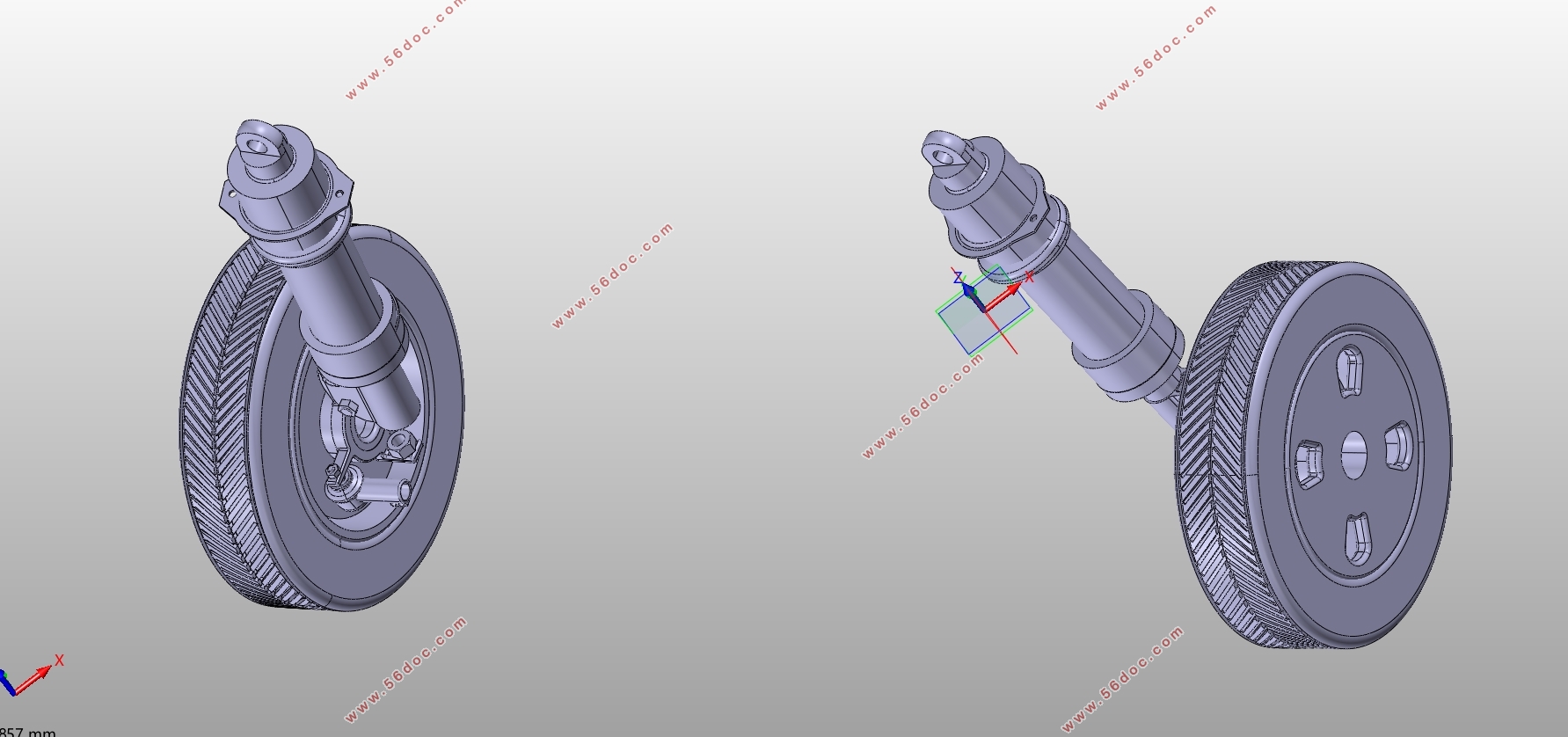
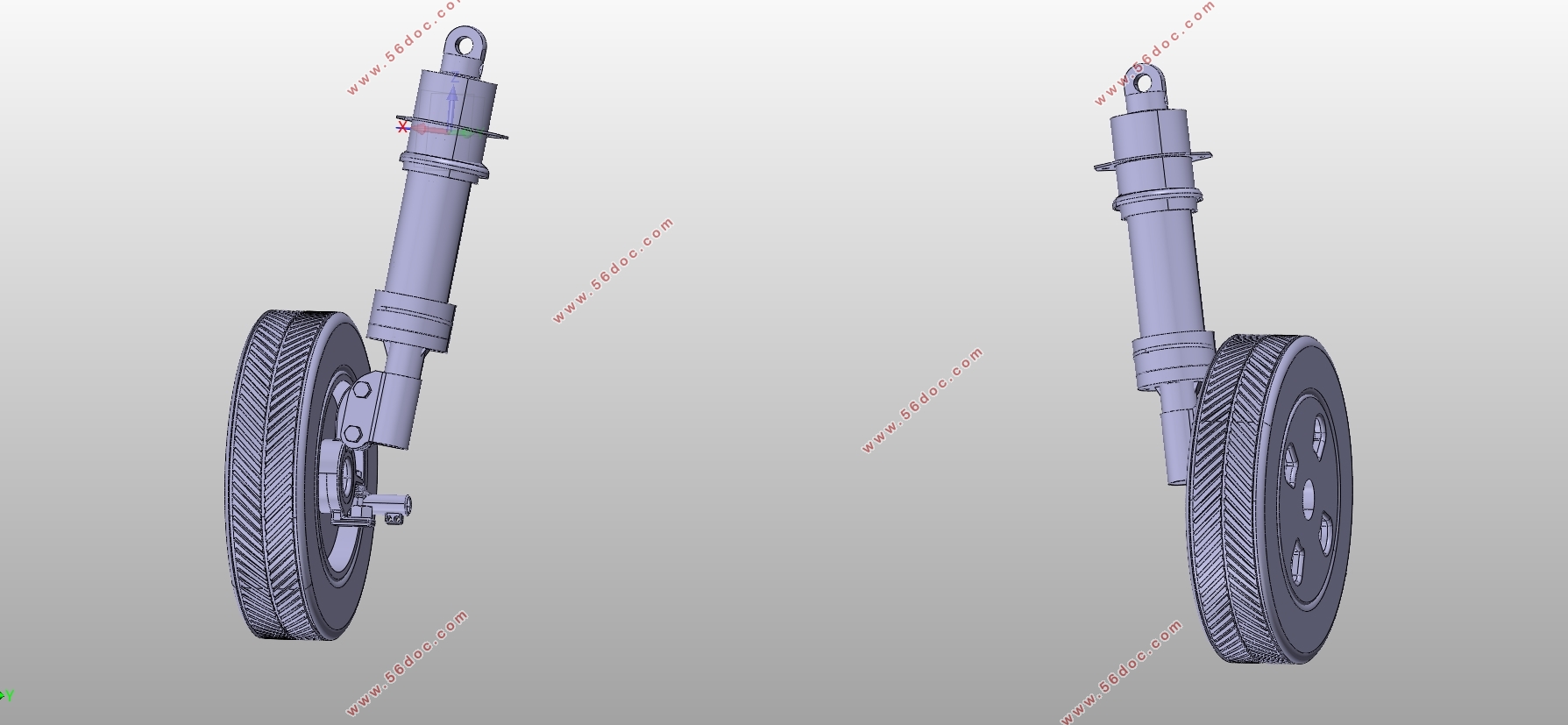
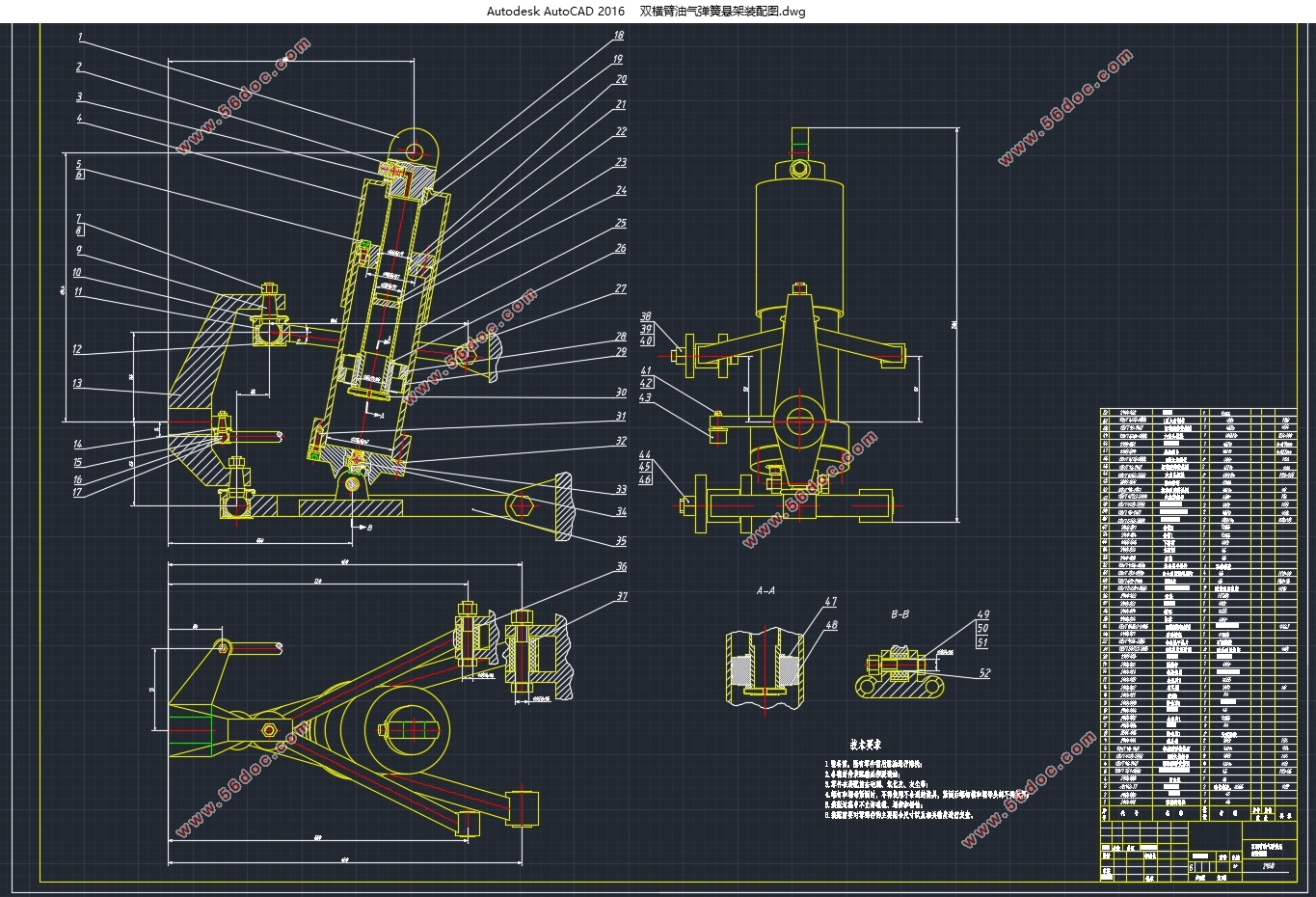



目录
第一章绪论 1
1.1飞行汽车的发展现状 1
1.2国外悬架的相关发展情况 3
1.3悬架的作用 4
1.4悬架的组成 4
1.5悬架的分类 5
1.5.1独立悬架 5
1.5.2非独立悬架 7
1.6本章小结 7
第二章油气悬架 8
2.1单气室油气弹簧 8
2.2双气室油气弹簧 9
2.3两级压力式油气弹簧 10
2.4油气悬架的特点 11
2.4.1油气悬架的优点 11
2.4.2油气悬架的缺点 12
2.5油气弹簧的分类和作用原理 12
2.6本章小结 13
第三章 悬架的分析设计 14
3.1悬架主要参数的确定 14
3.1.1悬架频率的选择 14
3.1.2悬架的工作行程 14
3.1.3悬架刚度计算 15
3.2悬架弹性特性 16
3.3车辆悬架系统的阻尼匹配 17
3.3.1 单轮二自由度悬架系统的频响函数 17
3.3.2 车身垂直加速度均方值 18
3.3.3 基于舒适性的车辆悬架最佳阻尼比 19
3.3.4 基于安全性的车辆悬架最佳阻尼比 19
3.4本章小结 20
第四章 双横臂悬架导向机构的设计计算 21
4.1 设计要求 21
4.2 导向机构的布置 21
4.2.1 侧倾中心 21
4.2.2 纵倾中心 23
4.2.3 抗制动纵倾性(抗制动前俯角) 23
4.2.4 抗驱动纵倾性(抗驱动后仰角) 24
4.2.5 横臂的空间定位角 24
4.3 上下横臂轴的布置 25
4.3.1 纵向平面内的布置 25
4.3.2 横向平面内的布置 26
4.3.3在水平面上的布置 26
4.3.4 上下横臂长度的选择 27
4.3.5 上下横臂直径与厚度的选择 28
4.4 参数确定 29
4.5本章小结 32
第五章 油气弹簧结构设计 33
5.1液压缸的设计 34
5.2活塞杆的设计 35
5.3活塞的设计 36
5.4导向套与中隔圈的设计 37
5.5缸底与缸盖的设计 38
5.6缓冲装置 39
5.7密封件的选用 39
5.8蓄能器的选型 40
5.8.1蓄能器结构型式选择 41
5.8.2蓄能器参数的计算 41
5.9节流阀系的选型 42
5.9.1节流阀作用原理 43
5.9.2节流阀参数指标 43
5.10本章小结 44
第六章 悬架catia建模 45
6.1 悬架零部件的设计 45
6.2 前后悬架的整体安装 45
6.3本章小结 45
第七章油气弹簧数学模型的建立及仿真 46
7.1 油气弹簧弹性特性模型 46
7.3 四分之一车辆模型 48
7.4路面不平度时间域模型 48
7.5 MATLAB/simulink仿真 51
7.6 本章小结 52
结论 53
参考文献 54
致谢 57
|





















